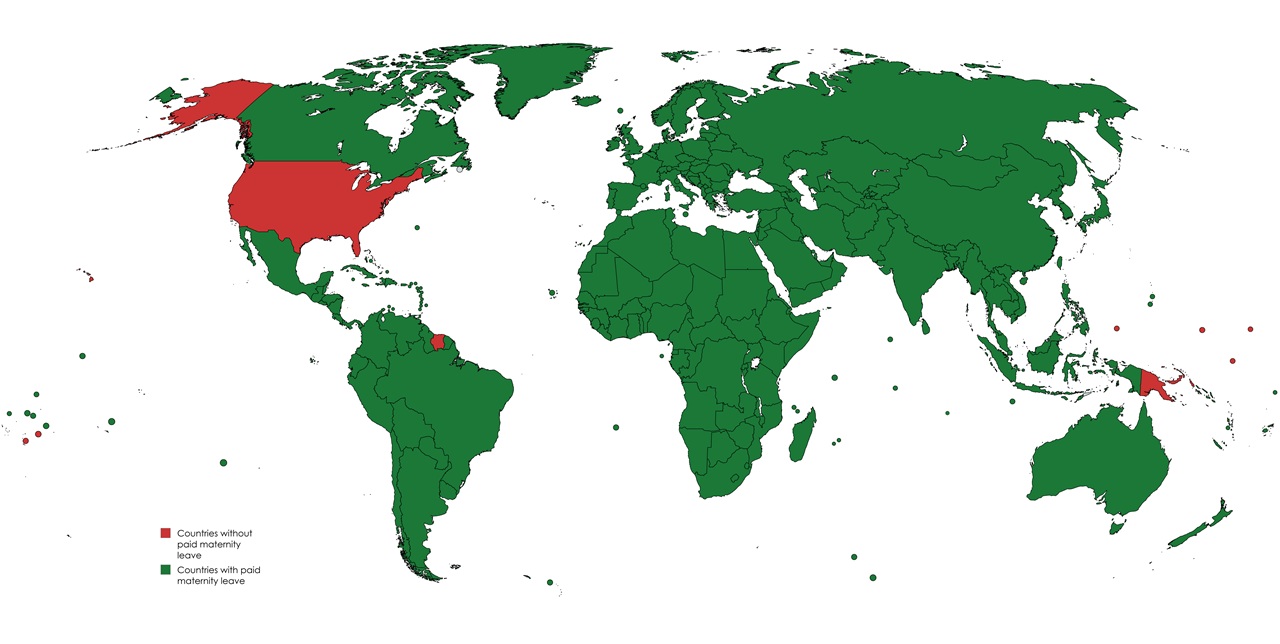Fluctuations in the stock market in the first couple of months of a new presidency are relatively common. Obama and Bush Jr. both saw the stock markets fall in their first quarter while Clinton saw a modest gain early in his presidency.
Bush Jr. and Obama’s stock market falls were essentially from events out of their control – the continuation of the dot-com bubble bursting and the lingering effects of the 2008 financial crisis.
Trump has effectively wiped out $4.3 trillion in market capitalization in the S&P500 in the span of a month, by his own hand. More than 10% of the value of the index has dissipated since the beginning of the year. The vast majority of these losses can be traced directly to tariffs, and the threat of even more tariffs.

Why did stocks drop so much?
The DJIA and S&P 500 saw significant drops each time more tariffs were put into place. First, the early March tariffs targeting Canada, Mexico and China hit their one month “delayed start” and triggered retaliatory tariffs. These retaliatory tariffs hit the U.S. supply side, though the full impact of them hasn’t been fully felt. Tariffs levied on other nations by the U.S. hiked prices in many sectors overnight and has started to affect the demand side in both consumer and industrial spending.
Placing tariffs on vehicles coming into the U.S. will likely have the greatest single impact on consumers if they have to make a car purchase while they are in place. By the beginning of May, even automobile parts are going to be subject to tariffs. This is going to drive up the cost of everything from body work to routine maintenance.
In an attempt to boost U.S. steel mills, a 25% tariff was placed on imports of both aluminum and steel during the second week of March. Almost all of these tariffs have triggered retaliatory actions by the targeted governments.
What happens now
To be fair, there are winners among publicly traded companies. Gold miners have been on a tear lately as investors flock to the safe haven of metals. Four of the top eight to performing publicly traded large-cap companies in March are gold miners. Unsurprisingly, Dollar General has experienced a nearly 20% boost in stock price since the beginning of March. The combination of big money looking for safety and a predicted shift in consumer spending habits has resulted in businesses that stand to benefit from turmoil becoming attractive to investors.
As of the start of April, a solid $4.3 trillion has been shaved off of the S&P 500. There does not seem to be an end in sight for the moment. History says the market will recover, but it’s anybody’s guess as to how long it stays down and if it goes lower. Long-term investors (like many members of Congress) may be able to ride it out, but it’s the middle-class close to retirement who will suffer the most from the drop in investments.

